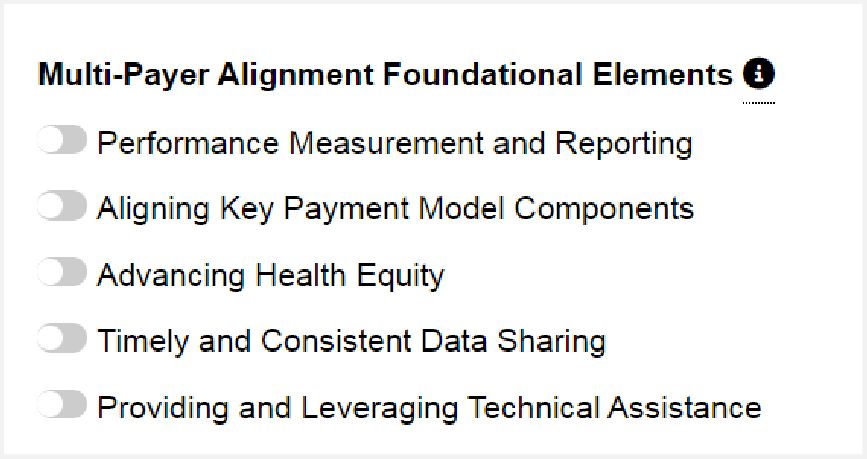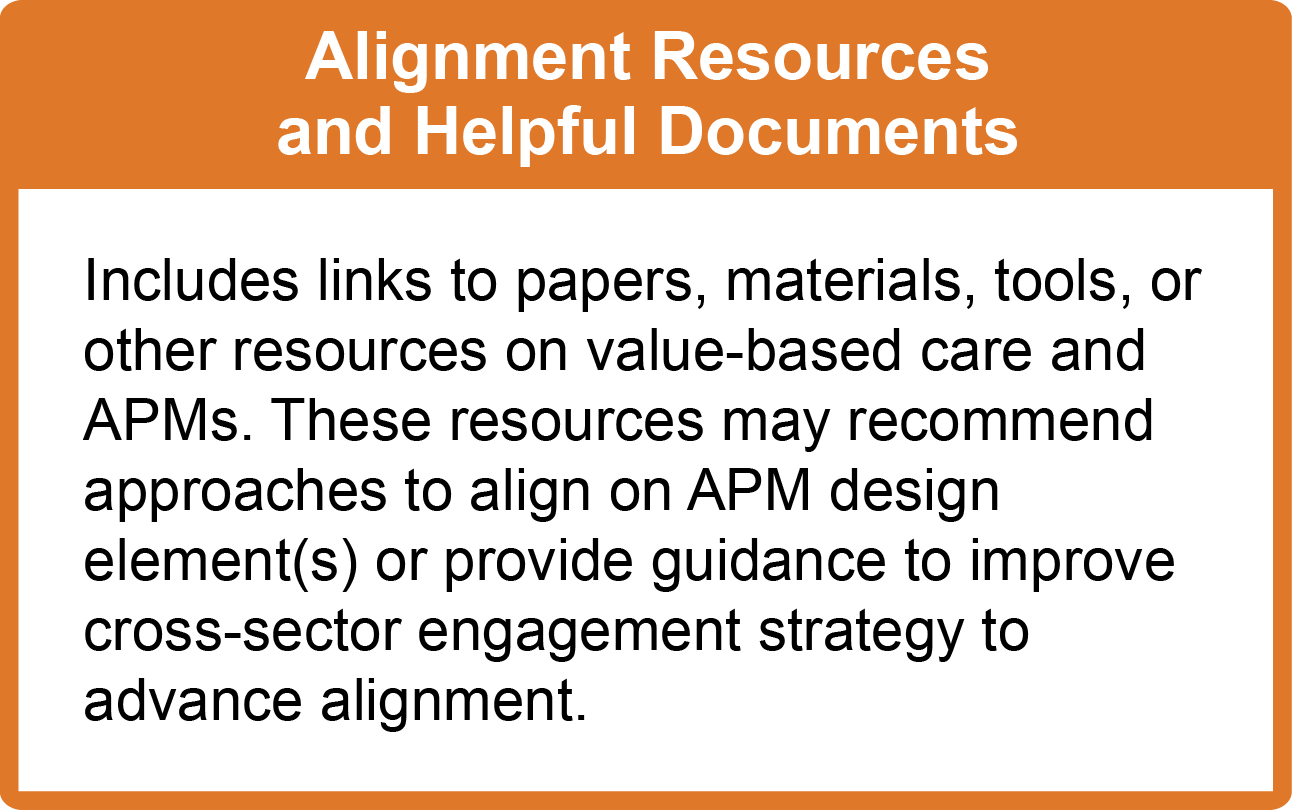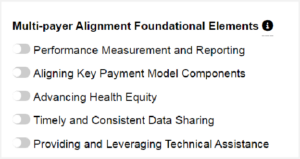
LAN Patient Story
Sinsi Hernández-Cancio has seen the flaws and failures of the health care system as both a patient and a leading reform advocate. She stresses that while advanced payment models (APMs) hold promise to provide more patient-centered, equitable care, they are a tool that need to be designed thoughtfully with accountability and the voice of the patient being central if APMs are to combat health disparities instead of make them worse.
While for some, COVID has brought to light many of the disparities in our current system, these were not new issues created by the pandemic– but merely amplified. Indeed, for too many patients of color, ethnic minorities, women, and people from vulnerable communities, COVID shed a greater light on the reality that too many face in our country; a reality of sporadic, expensive, and low-quality care that leads to poor – often fatal – outcomes. In 2006, Sinsi Hernández-Cancio faced the institutionalized challenges that women of color experience all too often when she was pregnant and preparing to give birth to her child. Sinsi’s treatment during her pregnancy, labor and delivery informs her work to this day and serves as a vivid reminder of the far too many people who are still sidelined by the health care system.
During her pregnancy, which was deemed high-risk due to Ms. Hernández-Cancio’s having a history of hypertension, blood clots, and migraines. She experienced the discrimination that many women, and particularly women of color, often experience in the health care system.
Ms. Hernández-Cancio’s personal story of being ignored, gaslit, and mocked by those entrusted with her care indicates wider flaws throughout the nation’s health care apparatus, and highlights why transitioning to more equitable, patient-centered care is so important. While there is a layer of systemic racism that cannot be “cured” solely by the use of APMs, many LAN stakeholders believe APMs are needed to provide just this kind of health care for all patients. Sinsi has some doubts about APMs, as they are currently designed, being the only solution to addressing health equity. She believes there is a need to build accountability and community voices into APM design for them to be effective. That is why she joined the LAN’s Health Equity Advisory Team (HEAT) to work toward a solution for better health equity with the patient front and center for APM design. “I don’t recall ever being surveyed in any significant way,” Sinsi says of a missed opportunity for her hospital, insurance company, and health care providers to learn from her experiences.
For Sinsi, her experience demonstrates why the patient should be the center of design for health care reform. That she – or anyone – should have to suffer through her ordeal of not being heard, not being taken seriously, and being talked down to while receiving sub-standard care is anathema to her and her vision of what a better health care system can – and must – look like.
“It’s really important as we’re thinking about what “value” is that we embed the right incentives for providers to do the right thing,” Sinsi said during a recent conversation with LAN staff. “It’s really important that patients’ perspectives are included” in efforts to design APMs and other value-based payment models. Sinsi’s firm belief that the voice of the patient – and patients from the most vulnerable populations – requires a seat at the table in designing and implementing health care reforms aligned with the HEAT’s goals, on which she serves as a member. That’s why the intentional, patient-centered approach that the HEAT gave to the patient in its guidance document, Advancing Health Equity through APMs is so important to Sinsi and her work.
Measurement and better data, Sinsi says, are keys to improving care for all patients. Instances like readmissions, poor outcomes, and other indicators of quality care “need to be measured, disaggregated and stratified and we need to hold institutions – and insurers – accountable.”
Along with Sinsi’s belief that measurement and data are vital to improving care, so too is changing the fundamental way medicine is taught and practiced. “Doctors and experts have to understand that patients are in charge of their own bodies. They know when something’s not right,” as was Sinsi’s case when she was rushed through the system and discharged early only to be readmitted a few hours later with a massive infection that required two additional surgeries and a total of 16 days in the hospital. “I live and breathe health policy, and I received this poor level of care even though I was asking questions, advocating for myself, knowing how to work within the health system. Imagine coming from a low-income or lower educational background. It has so much to do with changing the culture of medicine – how it’s taught and how it’s practiced.”
“So many of the things that happened to me – being admitted for observations rather than a real admission [to the hospital], being dismissed and discharged too quickly, readmission for substandard care,” Sinsi explains, “are all indicative of what needs to be addressed” in the health care system, and why APMs hold potential to change how care is delivered.
For Sinsi, her advocacy is rooted both in her belief in what the promise and potential of a better health care system could mean for all patients as well as in her personal experience as a Latina navigating a flawed health care delivery system.
APMs are not, Sinsi believes, the ultimate goal, but the means to an end. “It is the accountability that comes with it. APMs – even the most well-designed, well-thought-out ones – are tools. They are not the end in themselves but a tool to get there. The end we want to get to is better care distributed equitably across all communities across the country.”
Ultimately, this vision of a more accessible, equitable, and responsive health care system is the promise of payment reform, according to Sinsi. “The incredible power of payment reform is that you can stop rewarding provider systems for bad care that fails to make or keep people healthy and start rewarding them for high-quality care that produces better health, positive health outcomes, and accountability to the communities and patients they serve.” Sinsi sees health equity, accountability, and patient perspectives as the key focus areas for intentional, well-designed, patient-centric payment models.
The HEAT’s latest guidance document, Advancing Health Equity through APMs, is available here. More information on the HEAT and its work is available on the HEAT’s webpage.


















 Emily DuHamel Brower, M.B.A., is senior vice president of clinical integration and physician services for Trinity Health. Emphasizing clinical integration and payment model transformation, Ms. Brower provides strategic direction related to the evolving accountable healthcare environment with strong results. Her team is currently accountable for $10.4B of medical expense for 1.6M lives in Medicare Accountable Care Organizations (ACOs), Medicare Advantage, and Medicaid and Commercial Alternative Payment Models.
Emily DuHamel Brower, M.B.A., is senior vice president of clinical integration and physician services for Trinity Health. Emphasizing clinical integration and payment model transformation, Ms. Brower provides strategic direction related to the evolving accountable healthcare environment with strong results. Her team is currently accountable for $10.4B of medical expense for 1.6M lives in Medicare Accountable Care Organizations (ACOs), Medicare Advantage, and Medicaid and Commercial Alternative Payment Models. Mr. James Sinkoff is the Deputy Executive Officer and Chief Financial Officer for Sun River Health (formerly known as Hudson River HealthCare), and the Chief Executive Officer of Solutions 4 Community Health (S4CH); an MSO serving FQHCs and private physician practices.
Mr. James Sinkoff is the Deputy Executive Officer and Chief Financial Officer for Sun River Health (formerly known as Hudson River HealthCare), and the Chief Executive Officer of Solutions 4 Community Health (S4CH); an MSO serving FQHCs and private physician practices. Victor is the Chief Medical Officer for TennCare, Tennessee’s Medicaid Agency. At TennCare, Victor leads the medical office to ensure quality and effective delivery of medical, pharmacy, and dental services to its members. He also leads TennCare’s opioid epidemic strategy, social determinants of health, and practice transformation initiatives across the agency. Prior to joining TennCare, Victor worked at Evolent Health supporting value-based population health care delivery. In 2013, Victor served as a White House Fellow to the Secretary of Health and Human Services. Victor completed his Internal Medicine Residency at Emory University still practices clinically as an internist in the Veteran’s Affairs Health System.
Victor is the Chief Medical Officer for TennCare, Tennessee’s Medicaid Agency. At TennCare, Victor leads the medical office to ensure quality and effective delivery of medical, pharmacy, and dental services to its members. He also leads TennCare’s opioid epidemic strategy, social determinants of health, and practice transformation initiatives across the agency. Prior to joining TennCare, Victor worked at Evolent Health supporting value-based population health care delivery. In 2013, Victor served as a White House Fellow to the Secretary of Health and Human Services. Victor completed his Internal Medicine Residency at Emory University still practices clinically as an internist in the Veteran’s Affairs Health System. Dr. Brandon G. Wilson, DrPH, MHA (he, him, his) joined Community Catalyst as the Director of the Center for Consumer Engagement in Health Innovation, where he leads the Center in bringing the community’s experience to the forefront of health systems transformation and health reform efforts, in order to deliver better care, better value and better health for every community, particularly vulnerable and historically underserved populations. The Center works directly with community advocates around the country to increase the skills and power they have to establish an effective voice at all levels of the health care system. The Center collaborates with innovative health plans, hospitals and providers to incorporate communities and their lived experience into the design of systems of care. The Center also works with state and federal policymakers to spur change that makes the health system more responsive to communities. And it provides consulting services to health plans, provider groups and other health care organizations to help them create meaningful structures for engagement with their communities.
Dr. Brandon G. Wilson, DrPH, MHA (he, him, his) joined Community Catalyst as the Director of the Center for Consumer Engagement in Health Innovation, where he leads the Center in bringing the community’s experience to the forefront of health systems transformation and health reform efforts, in order to deliver better care, better value and better health for every community, particularly vulnerable and historically underserved populations. The Center works directly with community advocates around the country to increase the skills and power they have to establish an effective voice at all levels of the health care system. The Center collaborates with innovative health plans, hospitals and providers to incorporate communities and their lived experience into the design of systems of care. The Center also works with state and federal policymakers to spur change that makes the health system more responsive to communities. And it provides consulting services to health plans, provider groups and other health care organizations to help them create meaningful structures for engagement with their communities. Tamara Ward is the SVP of Insurance Business Operations at Oscar Health, where she leads the National Network Contracting Strategy and Market Expansion & Readiness. Prior to Oscar she served as VP of Managed Care & Network Operations at TriHealth in Southwest Ohio. With over 15 years of progressive health care experience, she has been instrumental driving collaborative payer provider strategies, improving insurance operations, and building high value networks through her various roles with UHC and other large provider health systems. Her breadth and depth of experience and interest-based approach has allowed her to have success solving some of the most complex issues our industry faces today. Tam is passionate about driving change for marginalized communities, developing Oscar’s Culturally Competent Care Program- reducing healthcare disparities and improving access for the underserved population. Tamara holds a B.A. from the University of Cincinnati’s and M.B.A from Miami University.
Tamara Ward is the SVP of Insurance Business Operations at Oscar Health, where she leads the National Network Contracting Strategy and Market Expansion & Readiness. Prior to Oscar she served as VP of Managed Care & Network Operations at TriHealth in Southwest Ohio. With over 15 years of progressive health care experience, she has been instrumental driving collaborative payer provider strategies, improving insurance operations, and building high value networks through her various roles with UHC and other large provider health systems. Her breadth and depth of experience and interest-based approach has allowed her to have success solving some of the most complex issues our industry faces today. Tam is passionate about driving change for marginalized communities, developing Oscar’s Culturally Competent Care Program- reducing healthcare disparities and improving access for the underserved population. Tamara holds a B.A. from the University of Cincinnati’s and M.B.A from Miami University.


 Dr. Peter Walsh joined the Colorado Department of Health Care Policy and Financing as the Chief Medical Officer on December 1, 2020. Prior to joining HCPF, Dr. Walsh served as a Hospital Field Representative/Surveyor at the Joint Commission, headquartered in Oakbrook Terrace, Illinois.
Dr. Peter Walsh joined the Colorado Department of Health Care Policy and Financing as the Chief Medical Officer on December 1, 2020. Prior to joining HCPF, Dr. Walsh served as a Hospital Field Representative/Surveyor at the Joint Commission, headquartered in Oakbrook Terrace, Illinois.








